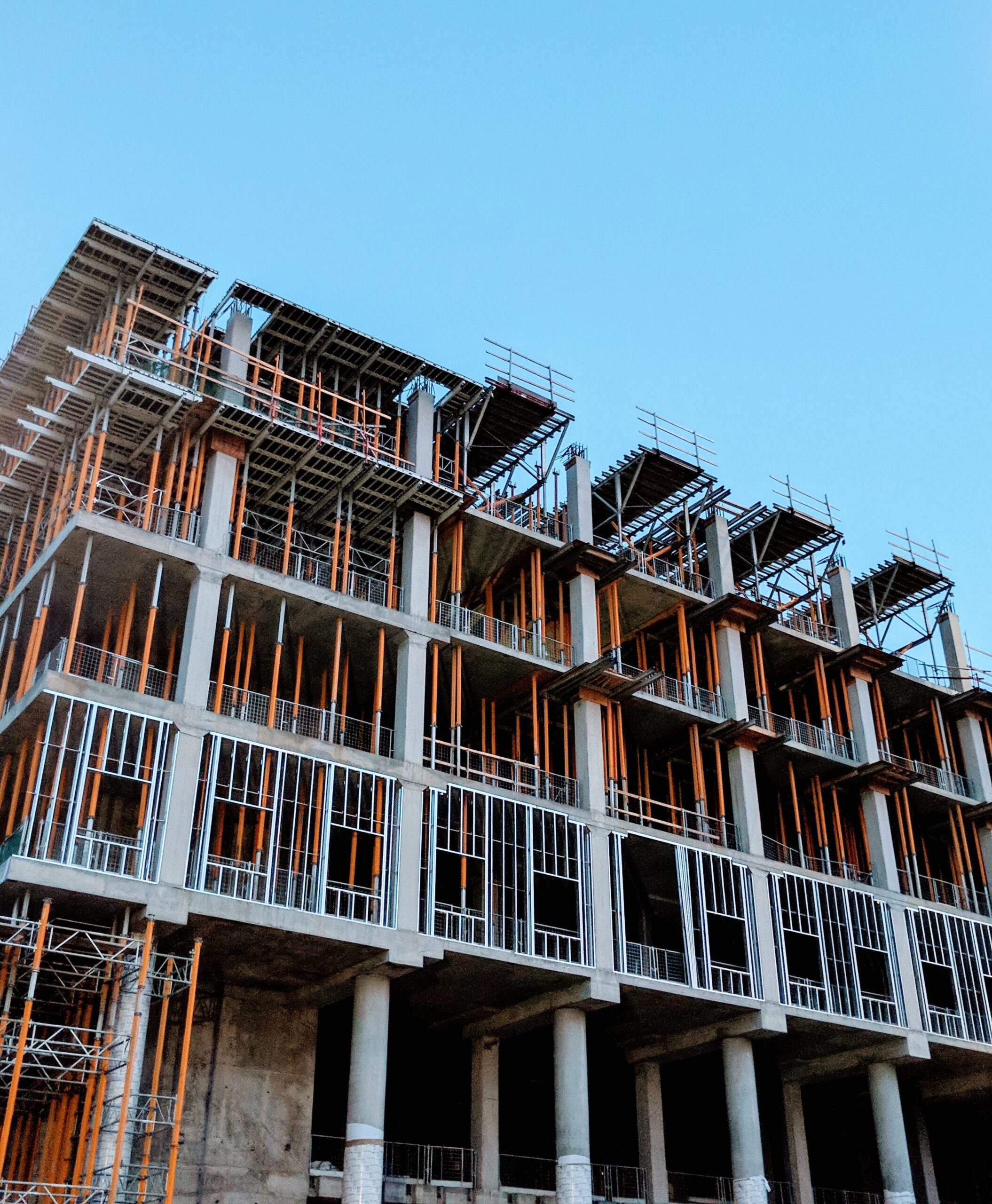An interesting way to look at pollution is to separate it into two types. The first results from voluntary activities that are relatively easy to give up. Look at fashion trends of the late 20th century, such as hairspray — people applied large amounts every morning. This trend was phased out when the revelations about hairspray emissions became public.
The second type of pollution refers to emissions from operations that are essential to the daily functioning of society. Grocery stores create food waste, and the energy sector emits greenhouse gases when providing electricity. We cannot just give this type up as we did hairspray. The only options are to improve the efficiency of operations or find a way to replace that need entirely.
Construction fits in the latter category — the world will always need to replace buildings with newer and safer ones. It has recently been a hot topic within sustainability discourse after the state legislature passed a clean construction bill last year. The law, signed by Gov. Jared Polis, reflected a similar proposal that took effect in California. “Buy Clean Colorado” outlines new environmental regulations for state property developers to use high-pollutant materials more efficiently.
The 2021 law encourages builders to keep in mind the expected carbon emissions from the entire life cycle of a structure. This life cycle includes manufacturing, transportation, installation, maintenance, and all related materials and their potential disposal and reuse.
The law marks the latest effort by Colorado’s legislature to maintain its pace under future state climate goals, particularly the pledges to reduce carbon emissions by 50% by 2030, followed by a 90% reduction by 2050.
It considers the significant footprint and ever-increasing presence of real estate market trends, which directly relate to construction, an industry responsible for 11% of all emissions worldwide.
By cracking down on the materials themselves, state lawmakers hope to reduce the impact of “embodied carbon,” a quantifiable measurement of the carbon emissions resulting from the total life cycle of the building materials.
The law looks to set regulations based on a metric called an environmental product declaration (EPD), which measures the potential of a given material to impact global warming through emissions.
Experts have described EPDs as the equivalent of the federally-mandated nutrition labels on our foods. Just as the 1990 Nutrition Labeling and Education Act forced the food industry to provide a detailed accounting of nutritional content for publicly sold food items, this law looks to use EPDs to help developers adhere to the new guidelines. Once the state sets a specific methodology, businesses must comply with all new projects by 2024.
There is a shared expectation among lawmakers and private industry heads that moderate regulation will be welcomed to a certain extent. There are low-embodied versions of popular building materials from companies like Holcim Group, which supplied the concrete to build 600 miles of roads within the state. An adjustment industry-wide to these alternatives could feasibly make a significant dent in construction-related emissions in Colorado, all while coming at little to no increased costs for developers.





